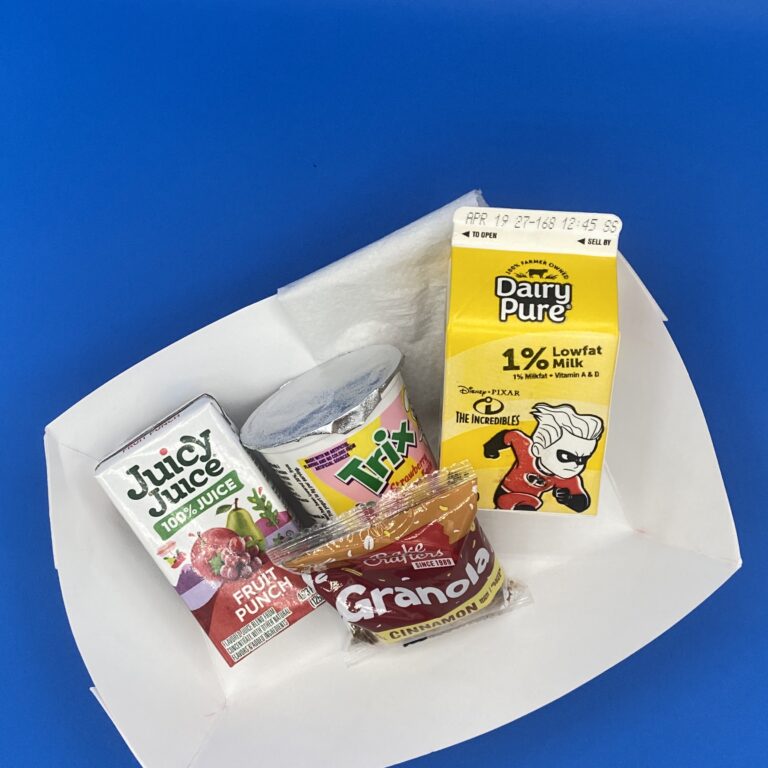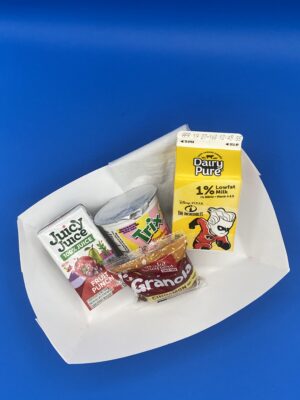The current USDA nutritional guidelines for the National School Lunch Program and the School Breakfast Program strive to reduce childhood obesity rates and improve the nutritional quality of kids’ diets. They require schools to serve fruit, whole grains and a variety of vegetables, and to limit sodium, fat and overall calories. Schools also cannot sell sugary beverages and snacks, such as those previously available in school vending machines and a la carte service.
The guidelines’ calorie limits naturally reduce the sugar in school meals. At 4 calories per gram of sugar, added sugar can quickly exhaust many of the allotted calories.
School lunches generally contain small amounts of added sugar, which is used for fermenting breads, extending the life of foods or balancing spiciness. It plays a valuable role in the palatability and acceptance of meals.
New Limits on School Breakfast Foods July 1, 2025
As of July 1, 2025, updated USDA nutritional guidelines limit added sugars in cereals, yogurt and flavored milk offered for school breakfast. Cereal bars and baked products are exempt from the 2025 update, however, added sugars will further be limited to less than 10 percent of weekly calories at both breakfast and lunch come July 1, 2027. Naturally occurring sugars found in foods, including fruits, 100 percent fruit juice and vegetables, are not included in these limits.
At breakfast, individually wrapped, grab-and-go foods are specially produced to meet the USDA guidelines and have less sugar than similar foods found at the supermarket. A Trix cereal cup served for school breakfast has 25% less sugar than its mainstream counterpart and adheres to the July 1, 2025, limit of no more than 6 grams of added sugars per dry ounce. A cake donut with apple filling has just 7 grams of added sugar, plus it contains more than 52% whole grains. It’s not your average donut!
All the yogurt and cereals we serve comply with the July 1 update to the School Breakfast Program guidelines.
Our #1 goal is to provide kids fuel to focus and learn during class. It’s a tall order for us to serve a large numbers of picky eaters ranging in age while adhering to the USDA nutritional guidelines and our budget. Healthier foods, including those sweetened with honey, date sugar, monk fruit and stevia, tend to be more expensive. Every day, we must strike a balance between nutrition, budget and kids’ tastes.




